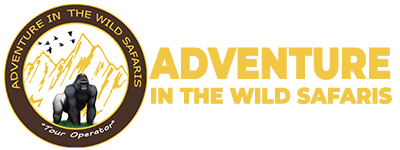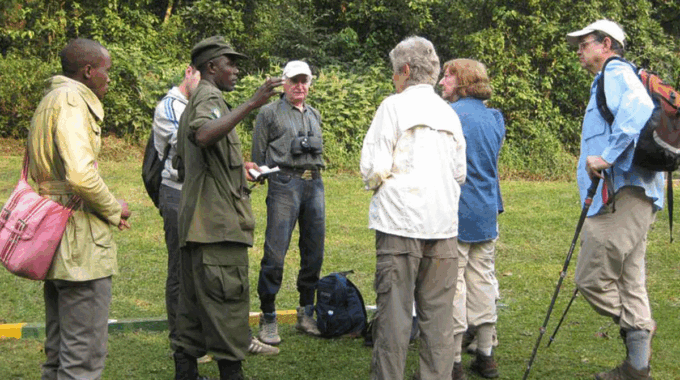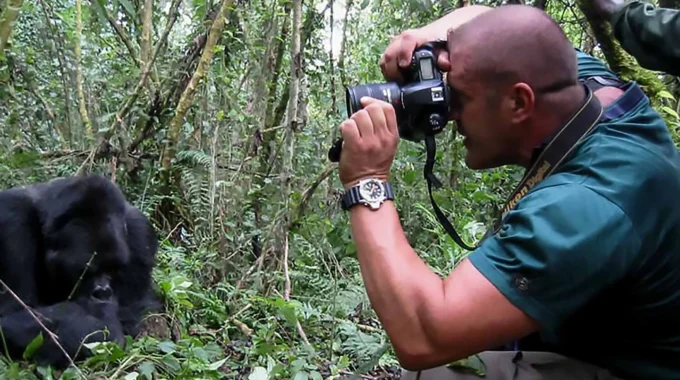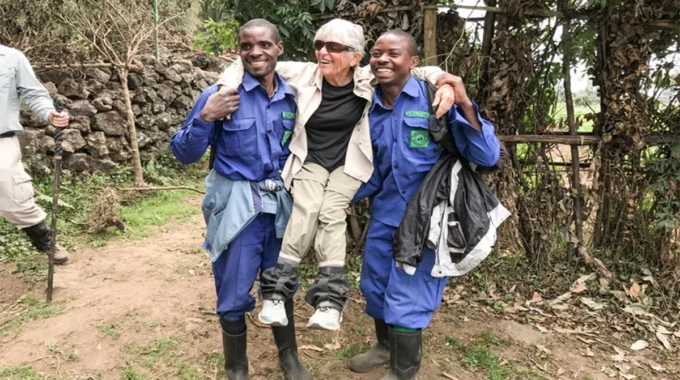Safety Measures and Health Precautions During Treks: Safety measures during gorilla treks Safety measures during…
What to Pack for a Gorilla Trekking Adventure
Packing list for Gorilla trekking
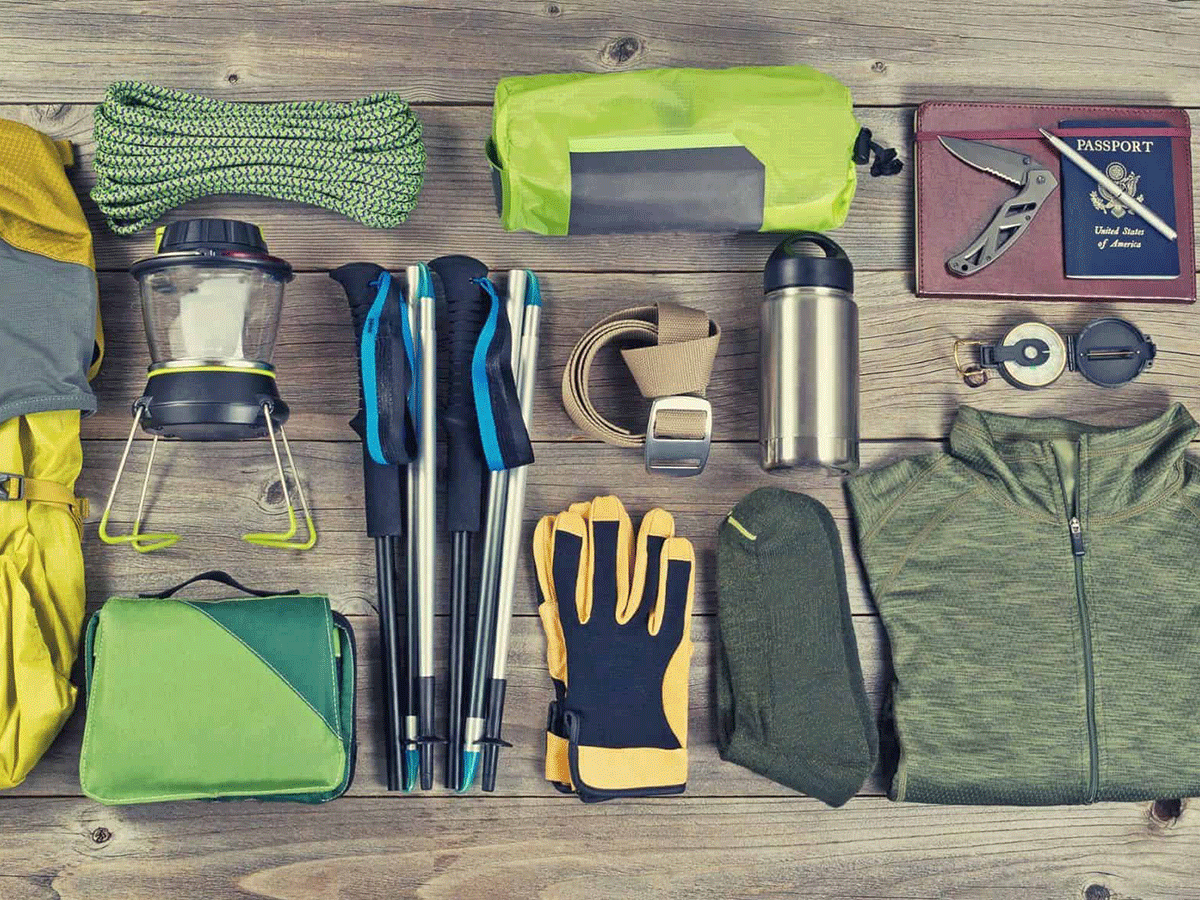
what to pack for gorilla trekking: Gorilla trekking in Rwanda is one of the most thrilling and rewarding wildlife experiences on Earth. However, navigating the dense rainforests of Volcanoes National Park and spending an hour with endangered mountain gorillas requires the right gear.
In this comprehensive guide, we’ll cover exactly what to pack for a gorilla trekking adventure — from clothing and footwear to essential gear and documentation. Packing smart ensures you’re safe, comfortable, and fully prepared for an unforgettable journey.
Why Packing Right Matters
Gorilla trekking often involves:
- Hiking for 2–6 hours in unpredictable weather.
- Navigating slippery trails, steep inclines, and thick vegetation.
- Spending time in a remote, high-altitude jungle setting.
The right equipment helps you:
- Avoid discomfort, injury, or illness.
- Stay dry, warm, and protected from insects.
- Capture incredible photos without stress.
Gorilla Trekking Packing List: Essentials
1. Hiking Boots
Keyword: waterproof hiking boots for gorilla trekking
You’ll need sturdy, waterproof hiking boots with good ankle support and traction. The trails are often muddy, and you’ll need solid grip on steep or wet terrain.
Tip: Break them in before your trip to avoid blisters.
2. Long-Sleeved Shirt and Trousers
Keyword: clothing for gorilla trekking
Protect yourself from stinging nettles, bugs, and branches by wearing:
- Long-sleeved, moisture-wicking shirts
- Long trekking trousers or hiking pants
Neutral colors like khaki, brown, or green help you blend into the forest environment.
3. Rain Jacket or Poncho
Keyword: rain gear for Rwanda gorilla trekking
Rain can fall at any time in the forest. A lightweight, packable rain jacket or poncho is essential to stay dry and comfortable.
Pro Tip: Some lodges provide ponchos — confirm before packing.
4. Garden Gloves or Trekking Gloves
Keyword: gloves for gorilla trekking
Gloves protect your hands from:
- Thorns and rough vegetation
- Insect bites
- Mud and branches when climbing or balancing
Many trekkers prefer gardening gloves with a rubber grip for this purpose.
5. Gaiters or Long Socks
Keyword: leech protection gorilla trekking
Gaiters or long socks help protect against:
- Mud and water seeping into your boots
- Leeches or insects crawling into your shoes
Tuck your pants into the socks for extra protection.
6. Daypack or Small Backpack
Keyword: backpack for gorilla trekking
Use a lightweight daypack to carry:
- Snacks
- Water bottle or hydration pack
- Camera gear
- First aid kit
- Rain jacket
Choose a water-resistant backpack with chest and waist straps for better balance.
7. Refillable Water Bottle
Keyword: staying hydrated on trek
Hydration is critical, especially at high altitudes. Bring at least 2 liters of water in a reusable water bottle or hydration bladder.
8. Insect Repellent
Keyword: insect repellent for Rwanda
Pack a DEET-based insect repellent to protect against mosquitoes and other insects. While gorilla zones have low malaria risk, repellents reduce bites and irritation.
9. Sunscreen and Lip Balm
Even in the misty forest, UV rays are strong at high altitudes. Protect your skin and lips with:
- High-SPF sunscreen
- SPF lip balm
10. Camera with Extra Batteries
Keyword: photography gorilla trekking
A DSLR or mirrorless camera is ideal, but even smartphones work well. Don’t forget:
- Extra batteries and memory cards
- A dry bag or Ziploc to protect electronics from rain
Note: Flash photography is strictly prohibited.
11. Snacks and Energy Bars
Gorilla treks can be long and physically demanding. Pack protein or energy bars, trail mix, or dried fruit to keep your energy levels up.
12. Passport and Trekking Permit
Keyword: gorilla trekking permit documents
You must carry:
- Your passport
- Gorilla trekking permit (issued by Rwanda Development Board or tour operator)
These will be verified at the park headquarters before your trek.
Optional (But Useful) Items
- Walking stick: Often provided by your lodge or available for rent.
- Binoculars: Great for spotting other wildlife or birds.
- Wet wipes: For quick cleanup after the trek.
- First aid kit: Include plasters, painkillers, antihistamines, and anti-diarrhea tablets.
- Portable charger or power bank
- Hand sanitizer
Packing Tips for Gorilla Trekking
- Pack light but strategically — you’ll carry everything during the trek unless you hire a porter.
- Label your gear in case it gets mixed up with others’.
- Use packing cubes or zippered pouches to organize your daypack.
- Carry plastic bags or dry bags to separate wet and dirty clothes.
Can I Hire a Porter?
Yes. Hiring a porter not only eases your load but supports the local economy. They can:
- Carry your backpack
- Help you navigate tough terrain
- Assist in slippery or steep areas
Porter fees start from $10–$20 USD, plus optional tips.
Packing for Different Seasons
🌦️ Rainy Season (March–May, October–November)
- Bring extra waterproof layers
- Use quick-dry fabrics
- Pack plastic bags for wet gear
☀️ Dry Season (June–September, December–February)
- Trails are easier but still muddy
- Temperatures can be cool in the morning, warm by midday
- Dress in layers
FAQs About Packing for Gorilla Trekking
Do I need special gear to see gorillas?
You don’t need extreme hiking gear, but durable and water-resistant clothing is essential. Focus on protection and comfort.
Can I wear shorts?
Avoid shorts. Trails are full of biting insects and thorny plants — long pants are essential.
Is a walking stick necessary?
Not mandatory, but it greatly helps with balance. Most lodges or guides will offer one.
Recommended Tour Operator
To simplify your preparation and ensure your permit and logistics are handled, book through a reputable local operator:
Gorilla Rwanda Safaris
✔️ Permit booking
✔️ Packing guidance
✔️ Custom trekking itineraries
✔️ Experienced local guides
Conclusion
Knowing exactly what to pack for a gorilla trekking adventure in Rwanda can be the difference between a challenging trip and an extraordinary one. Prioritize comfort, protection, and weather-appropriate clothing.
With your gear ready and your permit secured, you’re set for one of the most unforgettable wildlife experiences on Earth — face-to-face with the gentle giants of the Virunga Mountains.
Suggested Internal Links
- How to Book a Gorilla Trekking Permit in Rwanda
- Best Time to Trek Gorillas in Rwanda
- Understanding the $1,500 Gorilla Permit Fee
- What to Wear for Gorilla Trekking
